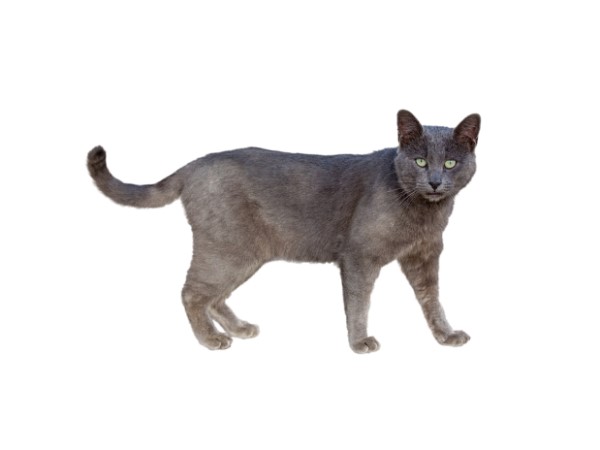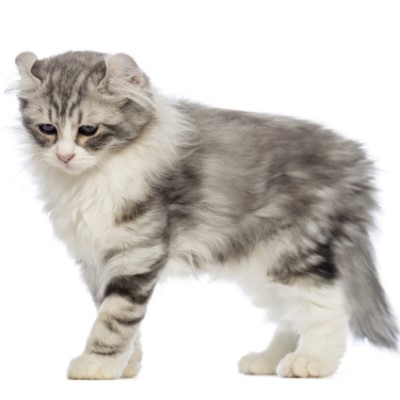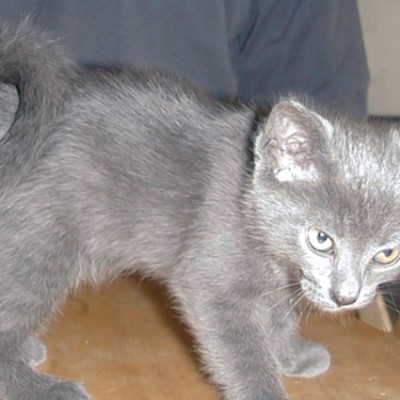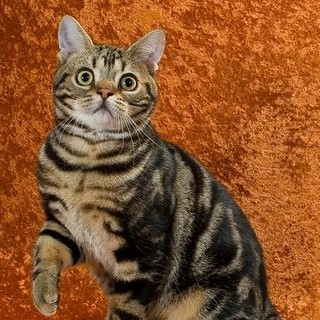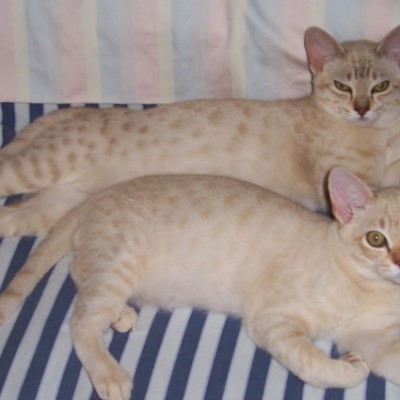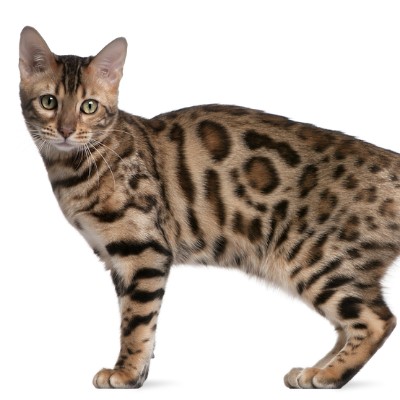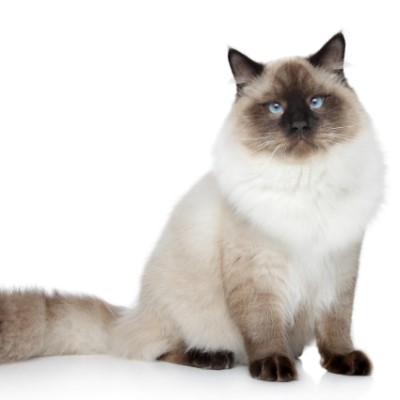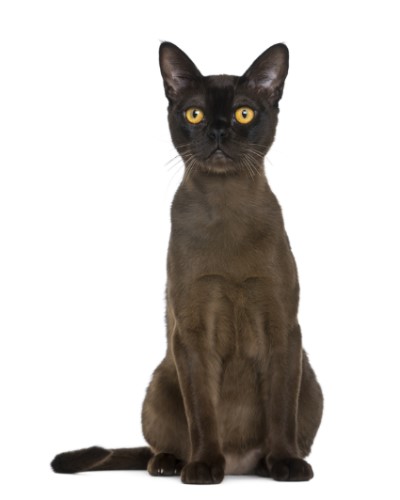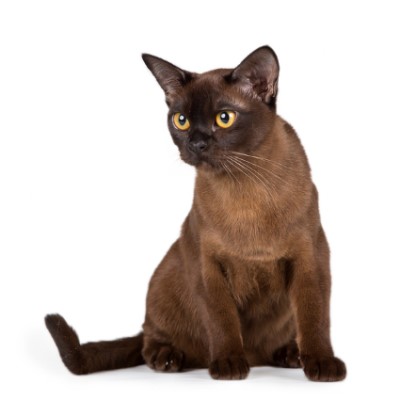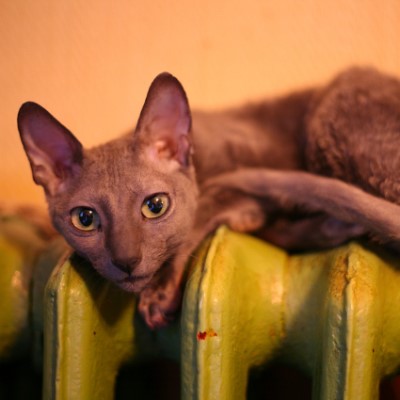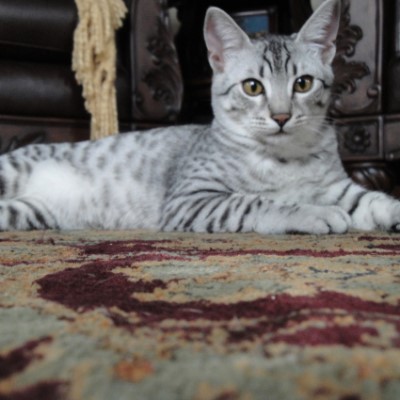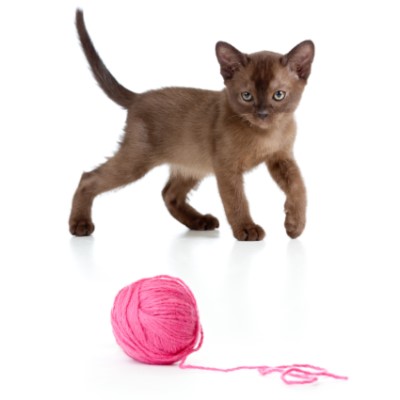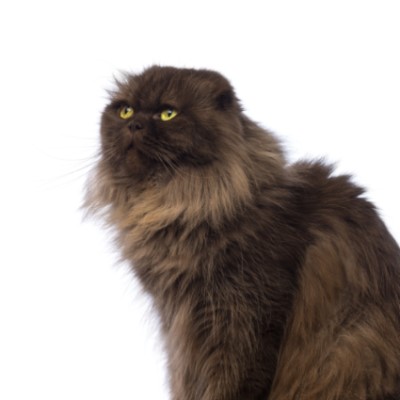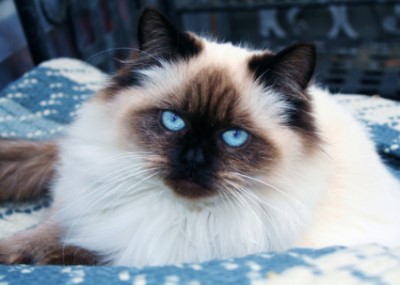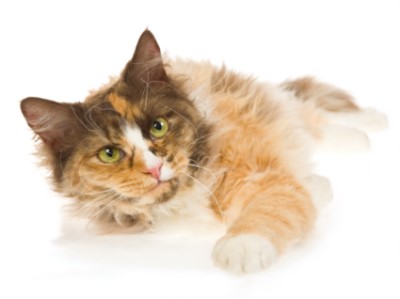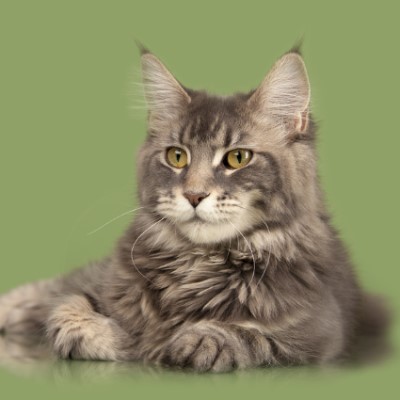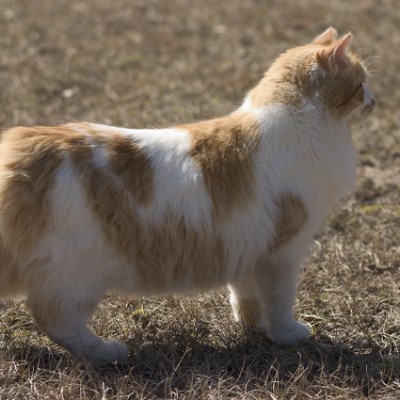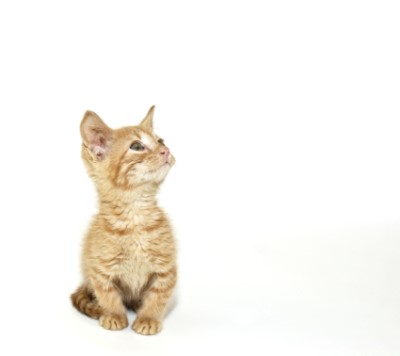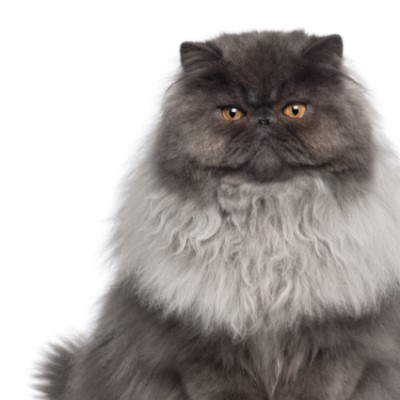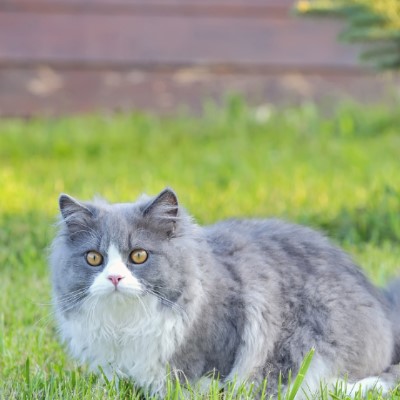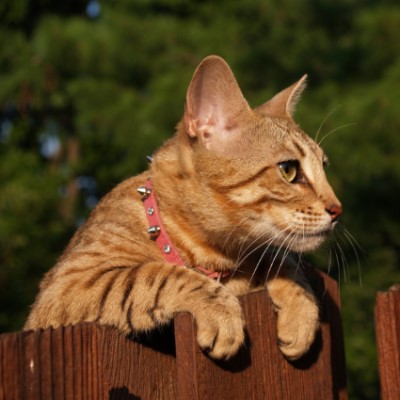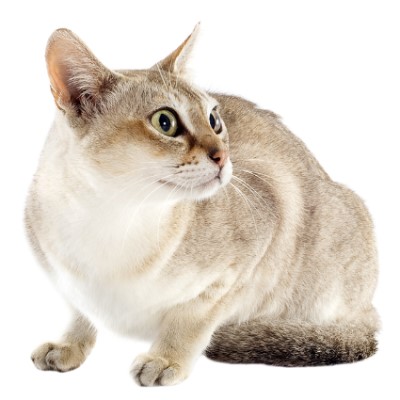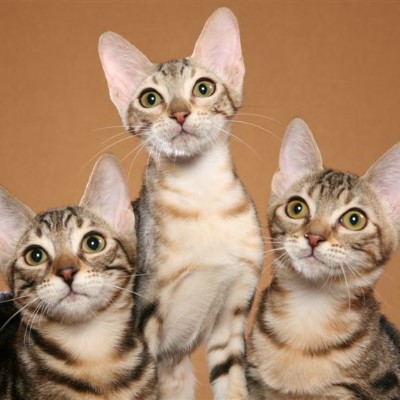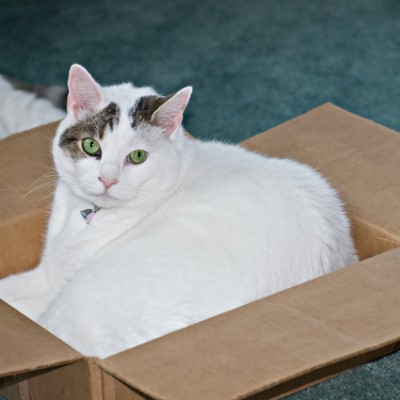Common Reasons for Surrender
Chartreux cats are often surrendered for reasons common to other breeds. Sometimes their families simply cannot afford them after a job loss, a divorce, or the loss of a home. Sometimes an owner becomes incapacitated and can no longer physically care for his cat or the owner dies without leaving provisions for the care of the cat.
Pros
An intelligent breed, Chartreux cats typically adapt quickly to new environments and situations. Most are lap cats, preferring to lie beside their humans, and enjoy watching television.
Cons
Some Chartreux cats are prone to health issues that require veterinary care, which could become quite costly. Most love being with their humans and do not have the “aloof” personality that some are used to with cats. If you want an independent cat, you may want to consider another breed.
Diet
A high quality food works best for the Chartreux. Because Chartreux cats have hardy appetites, they should always be fed in moderation. Some experts recommend feeding predominately dry food and offering wet food once or twice a week. Canned tuna fish makes a popular treat as do commercial treats such as Pounce and Temptations. Some cats also enjoy small pieces of boiled chicken or freeze-dried meats such as salmon.
Exercise
While Chartreux cats will generally get the exercise they need playing and running on their own, they also need quality time with their families. Spend time each day playing with your cat—throwing a ball, waving a wand, or pointing a laser light for her to chase.
Possible Health Issues
Chartreux cats are generally a very healthy breed, although some are prone to luxating patellas, kidney disease, and urinary stones.
Litter
Some cats are particular about the type of litter they use. Opt for the healthiest option you can find. Today, cat owners have several choices including traditional clumping litter, wood stove pellets, and newspaper-based litter such as Yesterday’s News. Scoop your cat’s litter several times a day, as necessary, and clean the entire litter box at least once a week.
Grooming
Chartreux cats need little grooming. Simply brushing your cat regularly to remove any excess hair is sufficient.
Training
An extremely intelligent breed, Chartreux cats can be trained with time and with patience. Many cats have learned tricks, such as rolling over and shaking hands.
Entertainment
Your cat needs mental and physical stimulation each day. One of the best ways to keep your Chartreux’s mind sharp is to provide him with a cat puzzle toy. Wands, laser pointer, and feathers are often popular toys with the Chartreux. Perhaps the happiest your Chartreux will be is lying in your lap and watching television with you.
We want to thank Chateaubleu Cattery for help with this profile.
